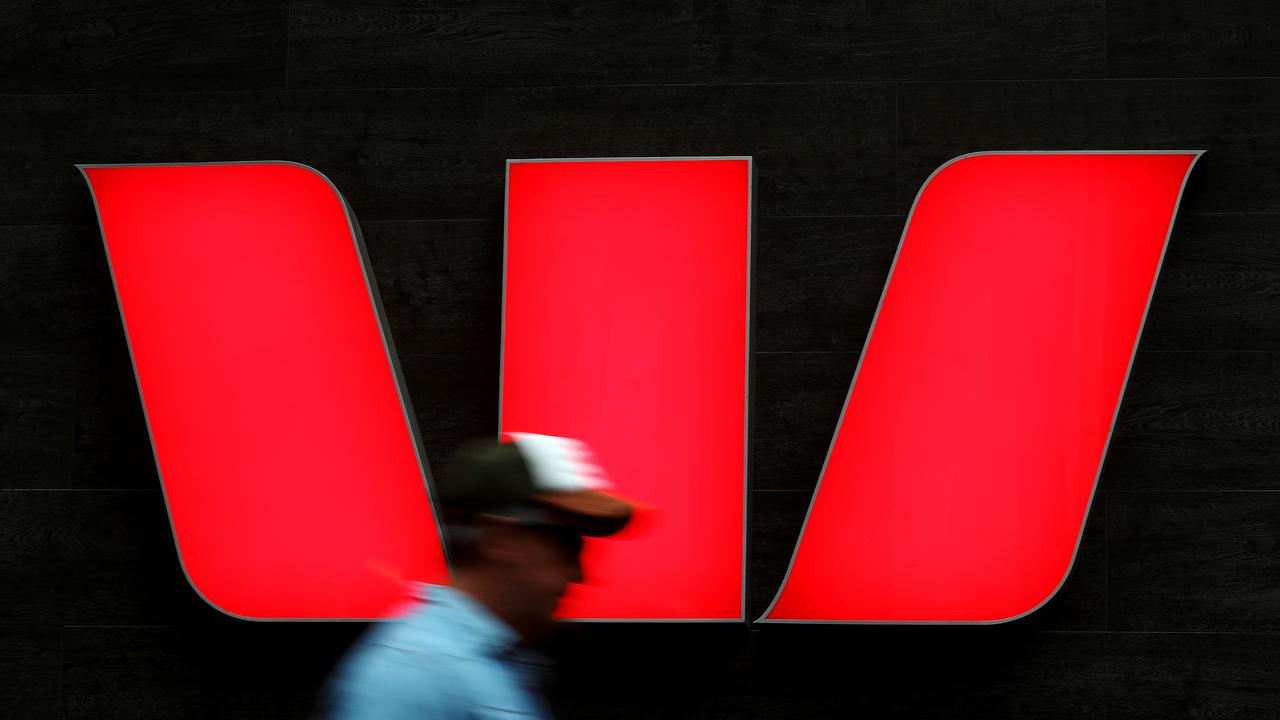BHP to post record loss
BHP to post record loss
BHP Billiton’s $US7.2 billion ($10.4bn) US shale writedown is set to deliver the worst loss in the miner’s history when it reports first-half earnings next month, and the first loss reported by the company in 17 years.
On Friday, BHP confirmed what most in the market had expected: that the worsening outlook for oil and US gas prices meant it would slash the book value of its US shale assets, acquired for about $US20bn in two separate transactions in 2011.
The after-tax impact of the impairment will be to reduce reported half-year and full-year earnings by $US4.9bn at a time when sliding commodities prices have already crushed margins and the huge underlying profits investors had become accustomed to during the boom.
Credit Suisse estimates BHP will report first-half underlying earnings, before exceptional items like writedowns, of $US937 million, down from $US4.69bn a year earlier. But the bank is forecasting a reported net first-year loss of $US6.4bn when one-offs are included.
This would be the biggest mining loss in Australian corporate history, easily beating a $5.8bn full-year loss logged by Newcrest Mining in 2013 after writedowns on its disastrous acquisition of Lihir Gold.
Credit Suisse’s forecast loss is bigger than the after-tax shale writedown because of the November mudslide catastrophe at BHP’s half-owned Samarco operations, where 19 people are thought to have died.
“We expect further impairments and provisions for the incident and clean-up at Samarco,” the bank’s analysts said, adding they were factoring in $US2.5bn of provisions at Samarco.
The shale part of BHP’s loss will be on paper only, but it reflects the extent of the value destruction wrought by the US shale acquisitions, where assets bought for $US20bn have had almost another $US20bn spent on them and now have a value (after deferred tax liabilities) of just $US12bn.
Friday’s writedowns are the fourth on the shale acquisitions, which were made under previous chief executive Marius Kloppers and current chairman Jac Nasser, and bring total impairments on the US onshore assets to $US13.1bn.
The loss, due to be reported on February 23, will beat a $A2.3bn BHP full-year loss in 1998-99, which was then the biggest in Australian corporate history.
Macquarie analysts, who are not factoring in any provisions for the Samarco disaster, are expecting BHP to report a $US3.3bn full-year loss after the impairments are factored in (indicating about a $US4.3bn half-year loss).
Macquarie expects BHP to log full-year underlying earnings of $US1.58bn, down from $US7.1bn a year earlier.
Investors are expecting BHP to at least temporarily abandon its progressive dividend policy, which aims to hold or increase dividends every year, at its February results as the miner focuses on preserving its A-grade credit rating.
Morgan Stanley analyst Brendan Fitzpatrick, who last week upgraded the company to an “overweight” recommendation, said even if BHP cut its dividend by 40 per cent, it would still deliver a 6.5 per cent yield that it could cover at current commodities prices. Yesterday, BHP shares fell 44c, or 2.9 per cent, to a fresh 11-year low of $14.63, bringing losses for the year to 18 per cent.
Rio Tinto fell 82c, or 2.1 per cent, to a seven-year low of $38.69, with its loss for the year limited to 13 per cent because it does not have exposure to sliding oil prices.


